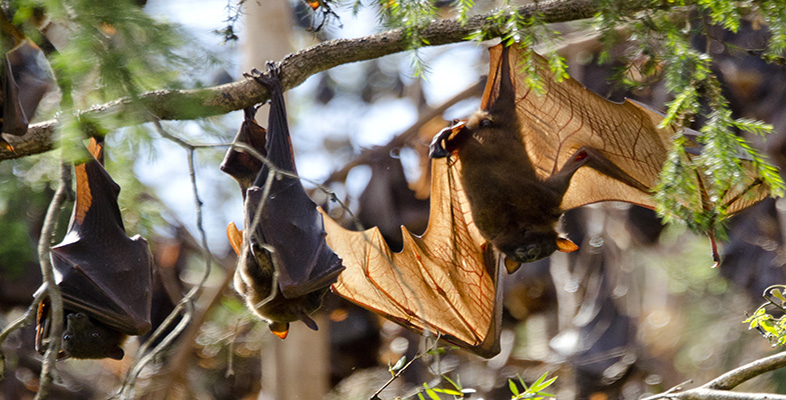2.2 Feeding techniques
In Activity 1, below, you are asked to make notes from a TV sequence and then select some of the information from your notes and combine it with some from LoM into a single short piece of writing. Check the wording carefully to find out exactly what you need to do. Use the LoM index to locate the information you need from there. You should aim to write a few clear sentences on the topic. When you have written your answer, compare it critically with the one given. In what ways does it differ? Have you included more facts, or missed some out? Have you used more words to say the same things? To write scientifically means to write very concisely and it may take you quite a lot more practice to write in this way.
Activity 1
Watch the TV programme on the DVD from 00.32-07.05 and make brief notes on the techniques used by pygmy shrews and water shrews for locating their food. From your notes and your reading of LoM, briefly describe how the pygmy shrew searches for insects. You will use your notes on water shrews in Activity 2.
Discussion
Pygmy shrews forage frantically for most of the time they are active, detecting ground-living insects by sound or scent. When searching for food, the pygmy shrew runs rapidly over the ground, digging vigorously through undergrowth and leaf litter with its front feet and probing with its snout. (I also noted that the small eyes of shrews provide poor vision, but their sense of smell is well developed and the whiskers are very sensitive to touch.)
The shrew's technique for searching for insects is very efficient. Researchers buried insects up to 12 cm deep in soil, grass and moss in an enclosure, and within 15 minutes a shrew had captured and eaten one earthworm, a cranefly (daddy-longlegs) larva, a large caterpillar and a slug. When a shrew finds an insect, it grabs it with the front incisors, which are long and pointed; the pair of first upper incisors have an extra cusp projecting at the base (Figure 2b). The shrew bites off the insect's head, holding the insect with the front paws, and eats it from the head down, biting off pieces with the incisors. As the food passes back towards the throat it is chewed by the molars, which have sharp surfaces. It has been estimated that a common shrew has to find and eat about 100 maggot-sized prey every 24 hours. This requirement is less of a problem than it sounds; there are up to 1000 insects per square metre on vegetation and in soil in scrub grassland.
Like shrews, hedgehogs spend most of their active time searching for food, but less frantically so. They forage at night and wander around walking quite slowly, sniffing and listening for prey. When a prey animal is detected by its scent, or by the noise of its movement in leaf litter, the hedgehog darts forwards or sideways to grab it. Hedgehogs, of course, grow to a much bigger size than shrews, and a large individual can be up 20 cm long.
I've already mentioned the hedgehog's varied tastes, a point echoed in LoM [p. 53]. Eggs and prey ranging from lizards to earthworms contain a wider range of nutrients than insects; for example, iron (needed for blood) and calcium (the major component of bones and teeth) are available from such prey. This is why DA links the larger body size of hedgehogs to the broadening of their diet [p. 54] - though at this point you're probably able to think of specialised insect eaters considerably bigger than a hedgehog (Section 3.4).
As you saw in Figure 2a, hedgehogs have 36 relatively small teeth. The incisors are pointed and project forwards, the canines are small and the molars have well developed W-shaped surfaces. Hedgehogs use their incisors to grab prey and may use the body and front paws to hold down larger prey. Large beetles are grasped by their side or hind-end by the incisors and crushed by the molars. When hedgehogs eat vertebrate carrion, they gnaw at the flesh rather than slashing it like true carnivores - their teeth are relatively small and not sharp. They take eggs from birds' nests on the ground, and also chicks, which they hold down with the front paws and eat alive, rear-end first.
